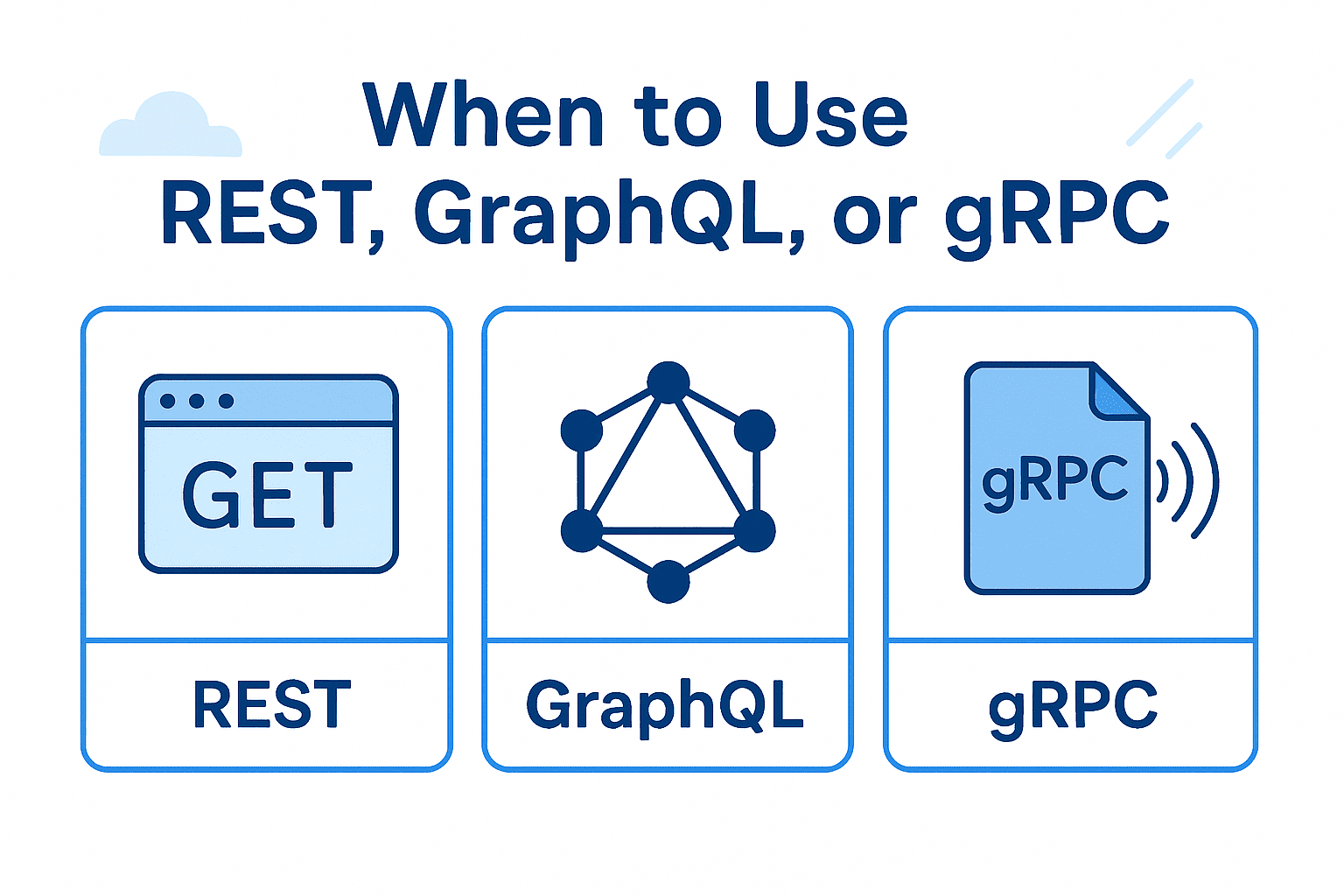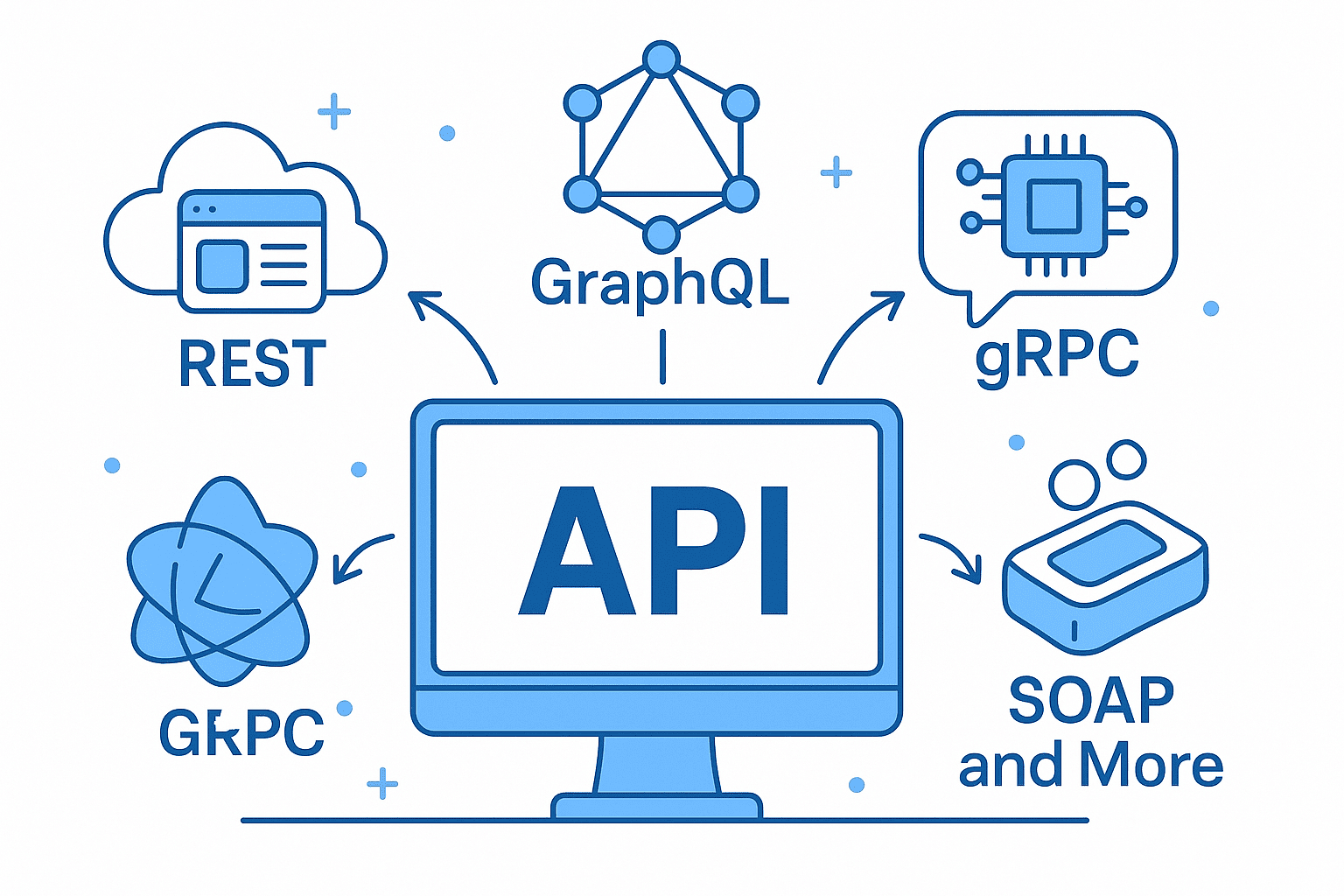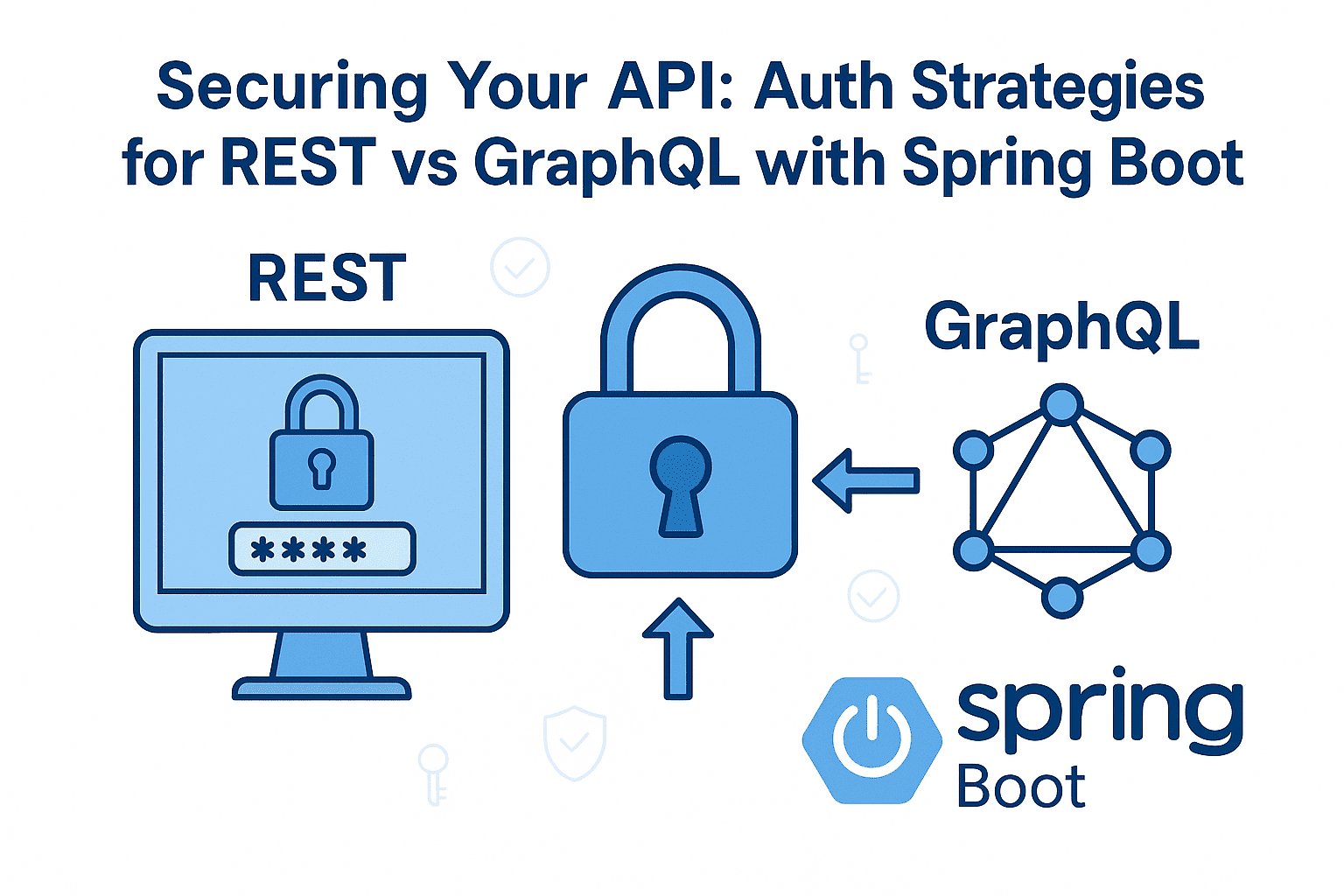In the world of API development, choosing the right tool for your project can make a significant difference in performance, maintainability, and scalability. REST, GraphQL, and gRPC are three popular approaches to building APIs, each with its own strengths and ideal use cases. Let’s dive into a practical breakdown of when to choose each.
REST: The Foundation of Modern APIs
Overview:
Representational State Transfer (REST) is the de facto standard for building web APIs. It relies on HTTP methods like GET, POST, PUT, and DELETE to interact with resources. REST is stateless, meaning each request contains all the information needed to process it.
When to Use REST:
- Simple Data Requests: REST is ideal for straightforward APIs where the client knows exactly what data it needs. For example, a blog API that fetches posts, comments, or user profiles.
- a Public-Facing APIs: REST is widely supported by tools like Postman, Swagger, and frameworks such as Express.js (Node.js) or Django (Python), making it a natural choice for public APIs.
- Legacy Systems: REST is the go-to for integrating with older systems or third-party services where simplicity and compatibility take precedence.
Pros:
- Easy to implement and understand.
- Wide adoption and tooling support (e.g., Swagger, Postman).
- Stateless design simplifies caching and scalability.
Cons:
- Over-fetching: Clients may receive more data than needed, increasing payload size and latency.
- Less efficient for complex queries involving multiple resources.
Example Use Case: A mobile app that fetches user data, product listings, or simple analytics dashboards.
GraphQL: The Flexible Alternative
Overview:
GraphQL is a query language for APIs that allows clients to request exactly the data they need. It operates over HTTP and uses a single endpoint, making it flexible for complex data structures.
When to Use GraphQL:
- Client-Specific Data Needs: When your frontend (e.g., a Single Page App or SPA) requires precise data from multiple backend sources, GraphQL’s ability to fetch nested data in one request is a game-changer.
- Reduced Over-fetching: Ideal for applications where clients need to avoid unnecessary data transfers, such as a dashboard with dynamic filtering.
- Prototyping: GraphQL’s expressive syntax makes it easier to build and iterate on APIs, especially during early development stages.
Pros:
- Precision: Clients can specify exactly what data they need, reducing over-fetching.
- Single Endpoint: Simplifies API design by consolidating multiple endpoints into one.
- Strong Typing: GraphQL schemas enforce data structure, reducing errors.
Cons:
- Performance Overhead: Complex queries can lead to inefficient database access if not optimized.
- Security Risks: Without proper safeguards, clients might accidentally expose sensitive data.
Example Use Case: A social media platform where users request personalized feeds, comments, and metadata in a single query.
gRPC: High-Performance Communication
Overview:
gRPC (Google Remote Procedure Call) is a high-performance framework built on HTTP/2 and Protocol Buffers. It enables efficient, bidirectional communication between services, ideal for microservices architectures.
When to Use gRPC:
- Microservices Communication: When multiple internal services need fast, reliable communication with minimal overhead.
- Streaming Use Cases: gRPC supports bidirectional streaming, making it perfect for real-time applications like chat apps or live data feeds.
- High-Throughput Systems: For APIs requiring low latency and high performance, such as fintech or IoT platforms.
Pros:
- Efficiency: Protocol Buffers reduce payload size compared to JSON, speeding up data transfer.
- Streaming Capabilities: Supports unary (one-way), client-streaming, server-streaming, and bidirectional streams.
- Strong Typing: Contracts defined in .proto files ensure consistency across services.
Cons:
- Complexity: Requires code generation for client-server interactions and has a steeper learning curve.
- Human Readability: gRPC requests are less readable than REST or GraphQL, making debugging harder.
Example Use Case: A real-time trading platform where microservices need to exchange market data and execute trades with minimal latency.
Comparing the Three: A Practical Guide
| Feature | REST | GraphQL | gRPC |
|---|---|---|---|
| Primary Use Case | Public APIs, simple queries | Flexible data fetching | Microservices, real-time |
| Performance | Moderate | Variable (can be slow) | High |
| Learning Curve | Low | Medium | Medium to High |
| Tooling Support | Extensive (Swagger, Postman) | Apollo, Relay | Protobuf tools, grpc-web |
| Best For | Simple CRUD operations | SPAs with dynamic data | Internal APIs, streaming |
Key Considerations for Choosing
-
Project Complexity:
- Simple APIs → REST.
- Complex data needs → GraphQL.
- High-performance or microservices → gRPC.
-
Team Expertise:
- REST requires the least setup and is easier to debug.
- GraphQL demands thoughtful schema design and performance tuning.
- gRPC requires familiarity with Protocol Buffers and HTTP/2.
-
Performance Requirements:
- Latency-sensitive apps (e.g., gaming, IoT) often benefit from gRPC.
- Public-facing APIs with occasional heavy queries might use GraphQL.
-
Long-Term Scalability:
- REST and GraphQL are more flexible for evolving requirements.
- gRPC’s strong typing ensures stability in microservices environments.
Conclusion: Match the Tool to the Task
There’s no one-size-fits-all answer, but understanding each API style’s strengths will help you make an informed choice.
- Use REST for straightforward, publicly accessible APIs where simplicity and compatibility are key.
- Choose GraphQL when your clients need precise, dynamic data and you want to reduce over-fetching.
- Opt for gRPC in high-performance scenarios, microservices architectures, or applications requiring real-time data.
Ultimately, the best approach depends on your project’s specific needs, team expertise, and long-term goals. Experiment with prototypes, evaluate trade-offs, and always prioritize developer experience and maintainability.
🚀 Let’s build something amazing! If you have a project in mind or need help with your next design system, feel free to reach out.
📧 Email: safi.abdulkader@gmail.com | 💻 LinkedIn: @abdulkader-safi | 📱 Instagram: @abdulkader.safi | 🏢 DSRPT
Drop me a line, I’m always happy to collaborate! 🚀



